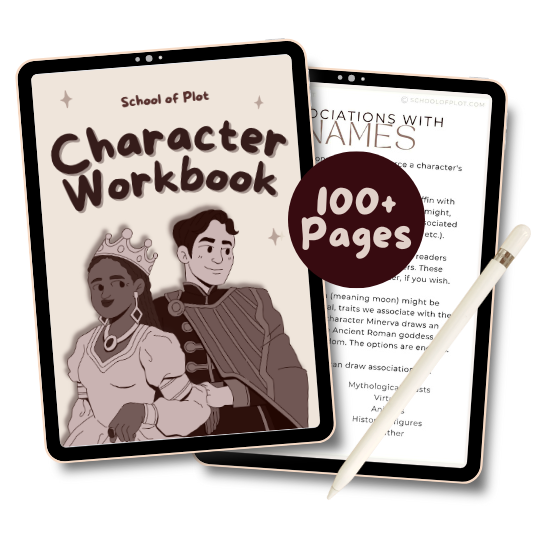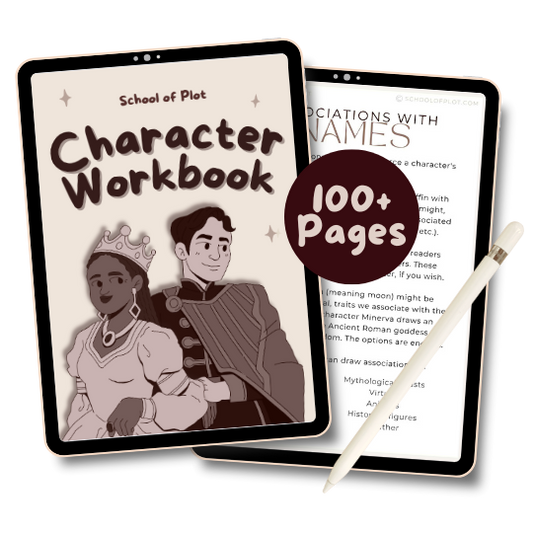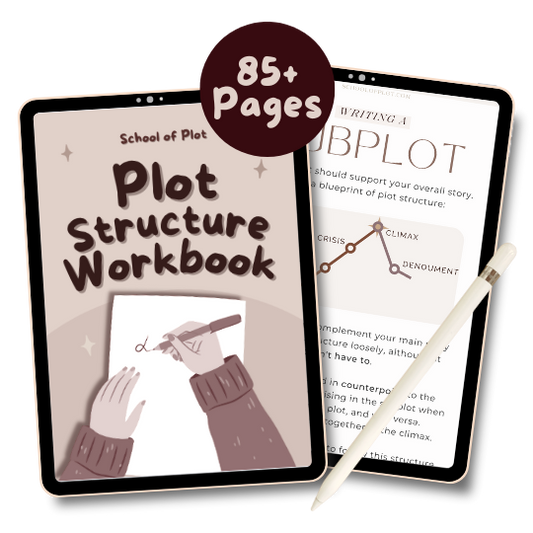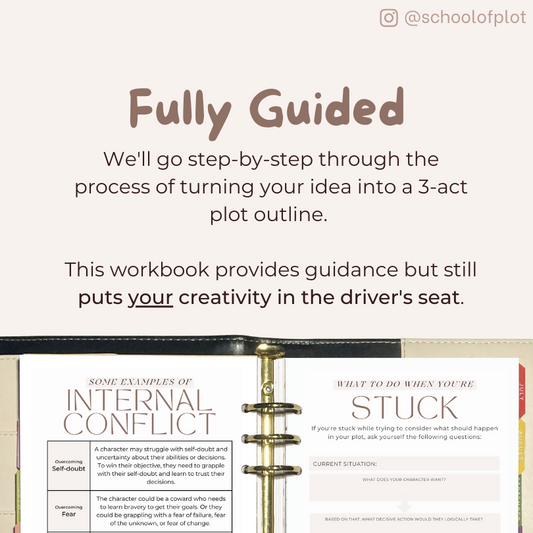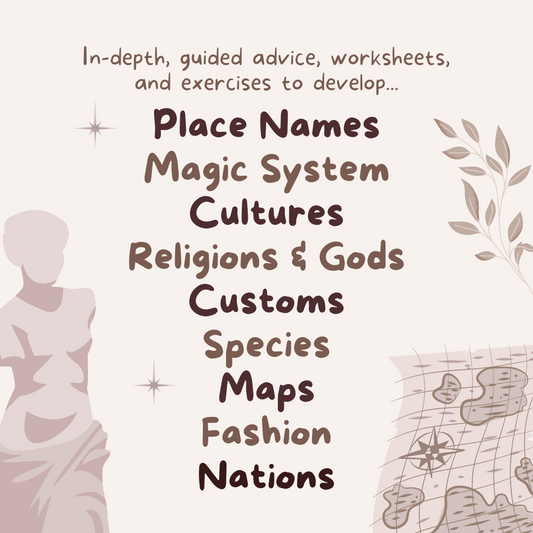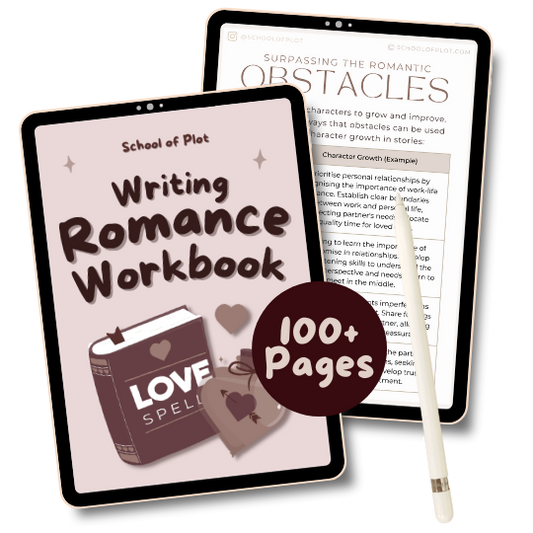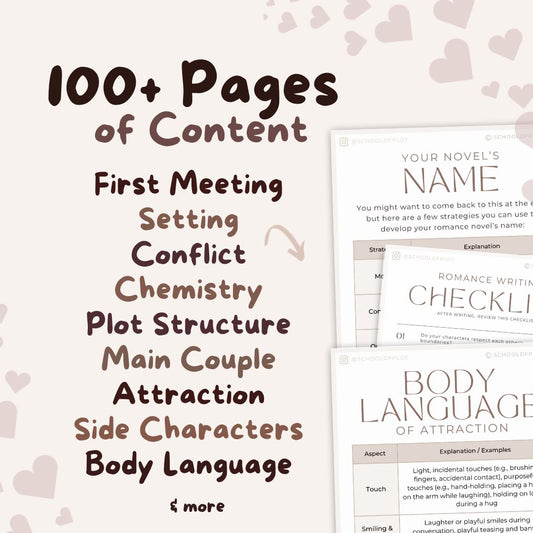One of my favourite aspects of fantasy fiction is the description of food. There's something so cosy about tavern meals or glorious palace banquets. Beyond that, food can also provide valuable information about fantasy worlds and add some texture to certain scenes.
What should your characters be eating in fantasy novels?
If you’ve chosen to base your world on a real historical time period, you can use Food Timeline to check which foods your characters could eat. (foodtimeline.org) You can also consider which ingredients are available in each location (Which animals live there? What’s the climate like? What grows?)
How can food help with world building?
You can use food to enhance the reader’s understanding of your story’s world by asking yourself questions like:
- Which meats are taboo and why? (Or maybe some surprising meats aren’t taboo and they’re all munching on gnomes)
- Have any conflicts made food scarce? (Maybe the warlord’s dragon torched some fields and we’re all struggling for wheat, meaning bread’s a luxury)
- Does magic affect the production of food? (Do foods have magical properties? Do bakers use spells to add cool designs or features to their cakes?)
How can food help with world building?
The groups/cultures/nationalities of your world probably eat different foods. Think about how their culture impacts what they eat.
A great example is Terry Pratchett’s description of the bread eaten by dwarves. You get a really solid idea of their culture from the description of their baked goods.
The one positive thing you could say about the bread products around him was that they were probably as edible now as they were on the day they were baked. Forged was a better term. Dwarf bread was made as a meal of last resort and also as a weapon and a currency. Dwarfs were not, as far as Vimes knew, religious in any way, but the way they thought about bread came close.
Popular Food Tropes In Fantasy
If you read a lot of fantasy, you’re probably familiar with the following tropes:
- Bread, apple cheese: The classic travelling combo. Usually washed down with a flagon of cheap ale in a flea-infested but cosy inn.
- Leg of turkey: Usually chomped on by a gluttonous king.
- Chunky stew: Usually very cosy in a winter scene, or (if unpleasant) served in jail or an orphanage. Versatile.
- Roasted/salted meat: A palace classic
None of these are “bad” or “good” choices, just popular ones. Nothing wrong (or inherently better) about using them.
How can you describe food in fantasy novels?
Here are some words you can use to help you describe certain tastes:
| Meaty | Smooth Crispy | Juicy |
| Rich | Brittle | Ripe |
| Sugary | Crunchy | Glistening |
| Sour | Chewy | Golden |
| Tart | Tough | Caramelised |
| Acidic | Tender | Glazed |
| Bitter | Flaky | Browned |
| Sharp Peppery | Fluffy | Overripe |
| Briny | Dense | Refreshing |
| Tangy Pungent | Lumpy | Steaming |
| Crumbly | Velvety | Buttery |
